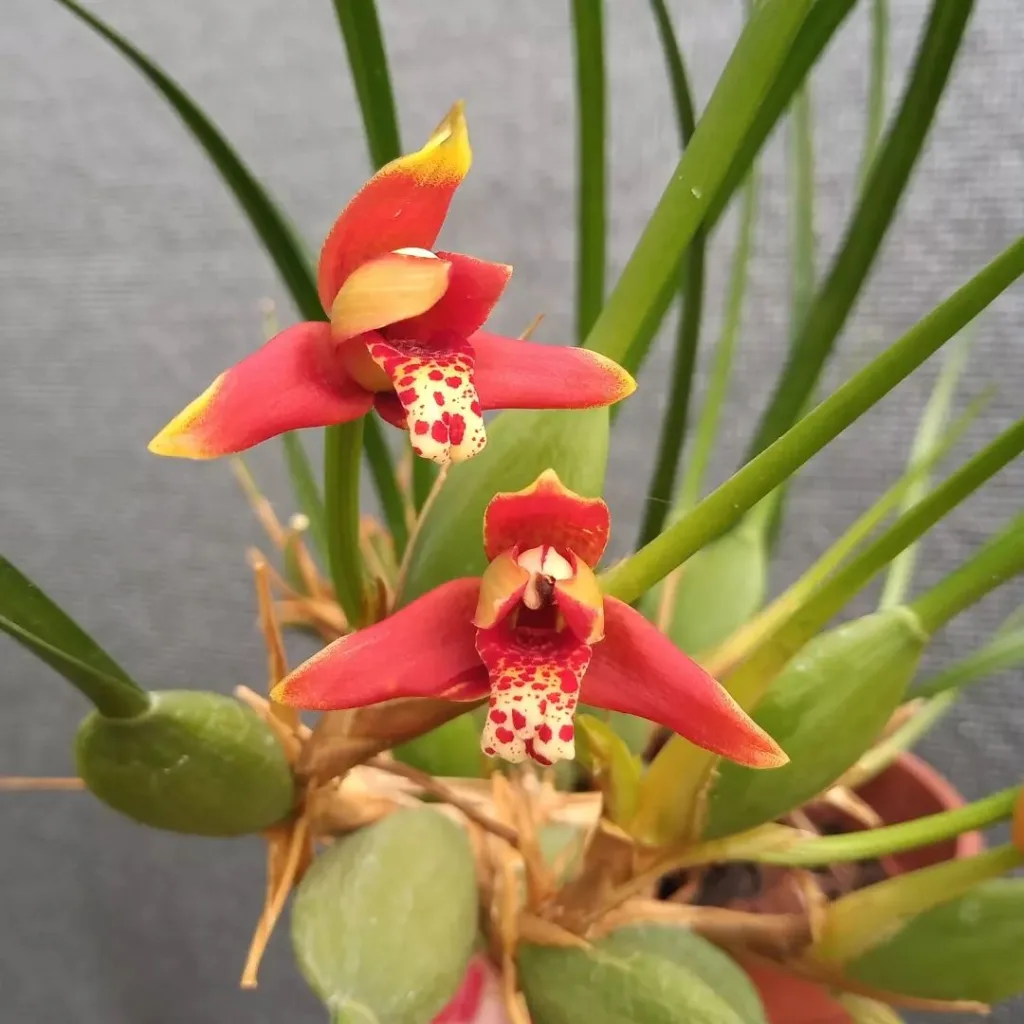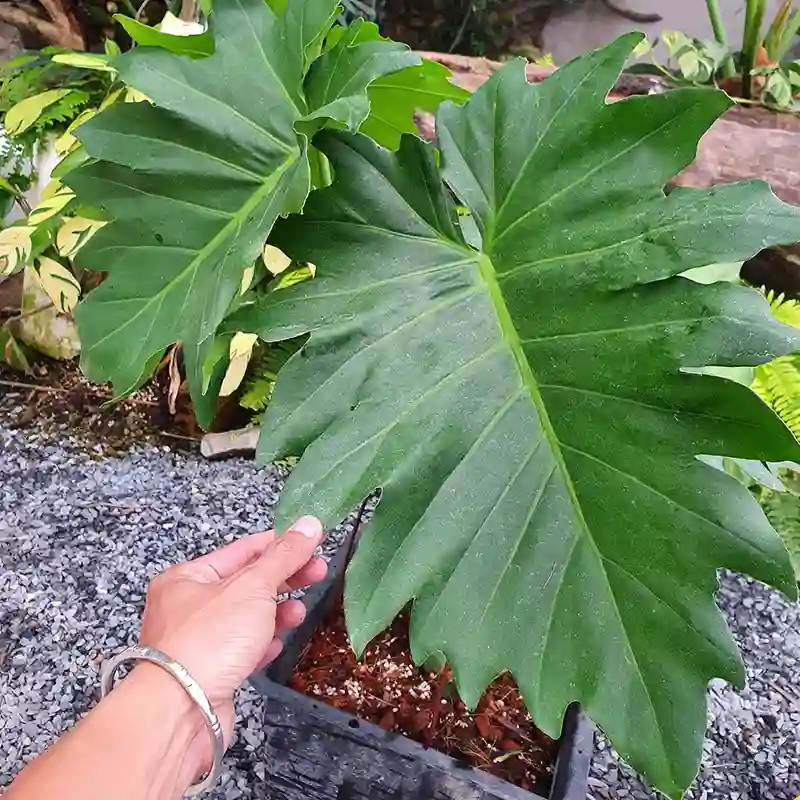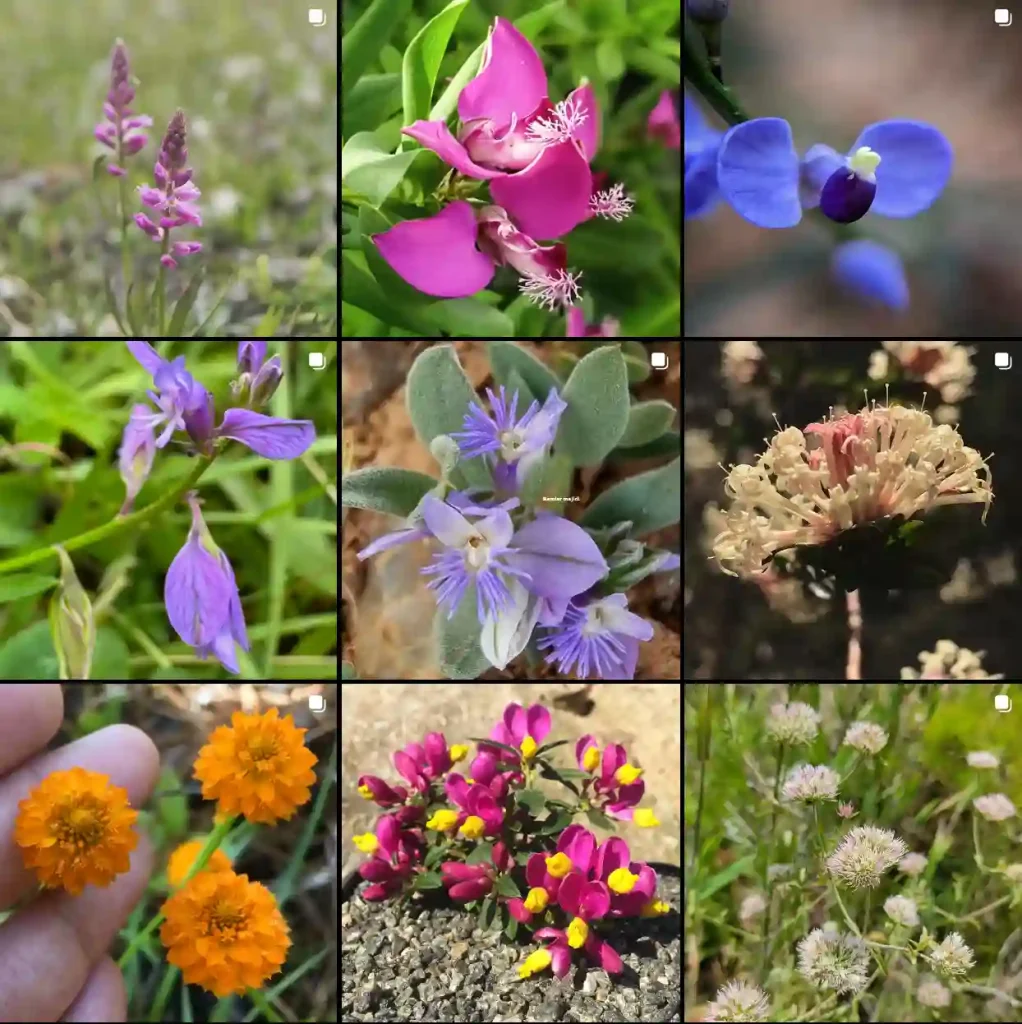My Fascination with the Clusiaceae Plant Family
As a botanist, I’ve always been captivated by the diversity and intricacies of the plant kingdom. One particular family that has always held a special place in my heart is the Clusiaceae, commonly known as the mangosteen family. This family, comprising 18 genera and 1200 species, is a treasure trove of fascinating plants, each with its unique characteristics and ecological roles.
The Global Distribution of Clusiaceae
The Clusiaceae family boasts a remarkable global distribution, with its members found in tropical and subtropical regions worldwide. From the lush rainforests of South America to the sun-drenched savannas of Africa, and the misty mountains of Southeast Asia, Clusiaceae plants have adapted to a wide range of habitats, showcasing their remarkable resilience and adaptability.
The Distinctive Characteristics of Clusiaceae
One of the most striking features of the Clusiaceae family is the presence of secretory canals or cavities in their leaves, stems, and fruits. These structures produce a variety of secondary metabolites, including resins, latex, and essential oils, which play crucial roles in plant defense, pollination, and seed dispersal.
The leaves of Clusiaceae plants are typically simple, opposite, or whorled, with entire margins and a leathery texture. Their flowers are often showy, with four or five petals, numerous stamens, and a superior ovary. The fruits are diverse, ranging from berries and capsules to drupes and nuts, and often contain a single large seed.
The Genera of Clusiaceae
The Clusiaceae family encompasses a wide range of genera, each with its own unique characteristics and ecological significance.
- Garcinia: This genus, comprising over 400 species, is renowned for its edible fruits, including the mangosteen (Garcinia mangostana), a delectable tropical fruit with a sweet and tangy flavor. – 404 Species in Genus Garcinia
- Clusia: This genus, comprising over 300 species, is known for its epiphytic or hemiepiphytic growth habit, often starting life as an epiphyte on another tree and eventually sending roots down to the ground. – 322 Species in Genus Clusia
- Symphonia: This genus, comprising over 20 species, is recognized for its tall, straight trunks and its role as a keystone species in tropical rainforests.
- Allanblackia: A genus of tropical African trees prized for their edible fruits and oil-rich seeds, traditionally used in food and medicine.
- Chrysochlamys: A group of Neotropical trees and shrubs belonging to the Clusiaceae family, often recognized for their yellow-flowered blooms and fruits containing flavorful pulp.
- Dystovomita: Neotropical trees and shrubs with leathery leaves and small, clustered flowers, adding to the biodiversity of Central and South American rainforests.
- Havetiopsis: This genus comprises a single species, Havetiopsis flexilis, a rare and endangered tree endemic to Madagascar, known for its unusual, flexible branches.
- Lebrunia: A monotypic genus represented by Lebrunia bushaie, a small tree found in the rainforests of Central Africa, notable for its unique floral morphology and ecological significance.
- Lorostemon: A small genus of Neotropical trees in the Clusiaceae family, contributing to the rich tapestry of plant life in the Amazon rainforest.
- Montrouziera: A genus of flowering plants in the Clusiaceae family, often featuring showy, colorful flowers, native to New Caledonia and surrounding islands.
- Moronobea: A genus comprising a single species, Moronobea coccinea, a tree native to the Amazon rainforest known for its bright red fruits and oil-rich seeds, used in traditional medicine and cosmetics.
- Nouhuysia: A genus of flowering plants endemic to New Caledonia, characterized by their unusual, unisexual flowers and ecological importance in the island’s unique ecosystem.
- Pentadesma: A group of African trees known for their valuable timber and butter-like substance extracted from their seeds, used in food and traditional medicine.
- Platonia: A monotypic genus represented by Platonia insignis, the bacuri tree, a Neotropical fruit tree cherished for its delicious, aromatic fruits with numerous culinary and medicinal applications.
- Quapoya: A genus of Neotropical trees and shrubs in the Clusiaceae family, adding to the floral diversity of Central and South American rainforests.
- Thysanostemon: A genus of Neotropical trees and shrubs, often with distinctive, fringed stamens, contributing to the vibrant plant life of the American tropics.
- Tovomita: A diverse genus of Neotropical trees and shrubs in the Clusiaceae family, recognized for their ecological significance and potential medicinal properties.
- Tovomitopsis: A genus of Neotropical trees, often with large, leathery leaves and fleshy fruits, playing a vital role in the rainforest ecosystem.
The Ecological Importance of Clusiaceae
The Clusiaceae family plays a vital role in the ecosystems they inhabit. Their fruits and seeds provide food for a wide range of animals, including birds, mammals, and insects. Their leaves and stems offer shelter and nesting sites for various organisms. Their roots help to stabilize the soil and prevent erosion.
Furthermore, Clusiaceae plants contribute to the regulation of the water cycle, the maintenance of air quality, and the sequestration of carbon. They also produce a variety of secondary metabolites that have potential applications in medicine, agriculture, and industry.
My Continued Exploration of Clusiaceae
As a botanist, I am constantly amazed by the beauty, diversity, and ecological significance of the Clusiaceae family. I am committed to continuing my exploration of this fascinating group of plants, uncovering their secrets, and sharing my knowledge with the world.
Whether it’s through fieldwork, laboratory research, or science communication, I am dedicated to advancing our understanding of the Clusiaceae family and promoting its conservation for future generations to enjoy.
If i die, water my plants!



